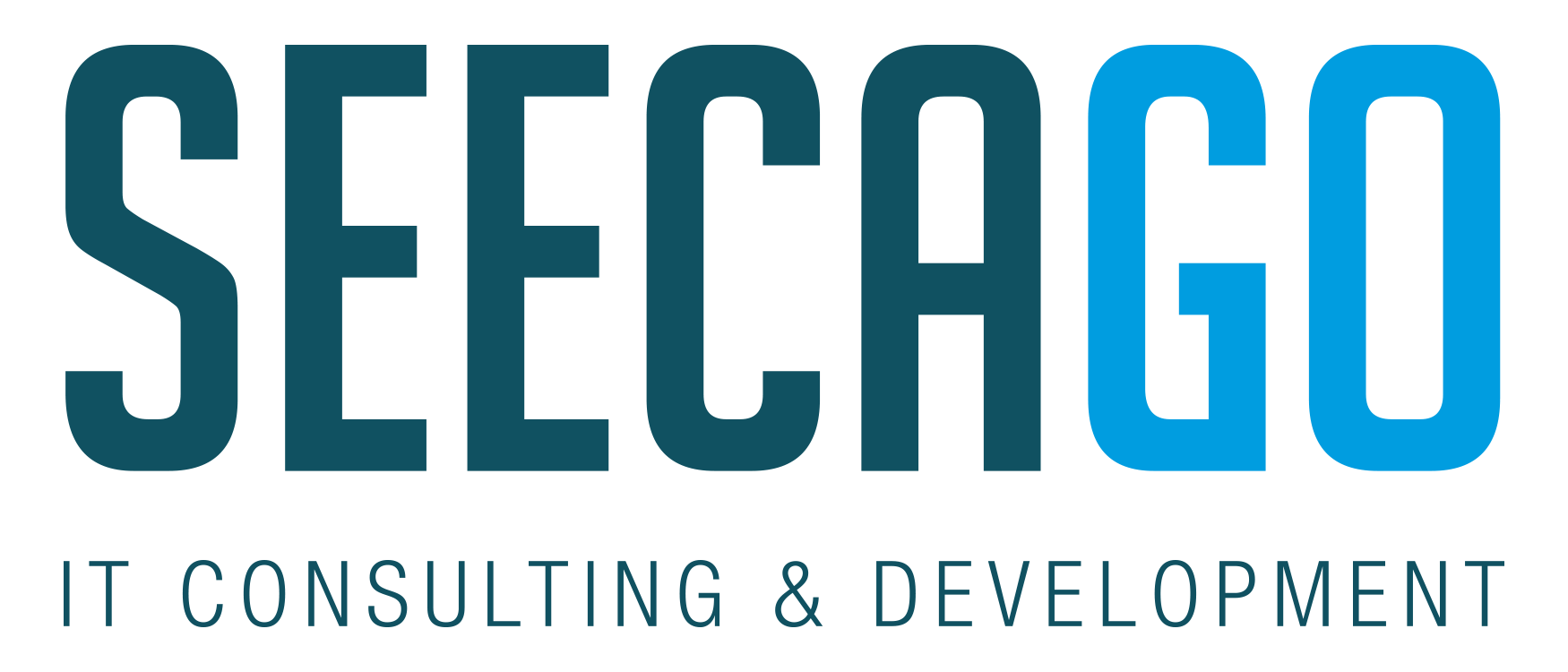Running an aviation company involves a lot of paperwork. Or as you already know: Dealing with the FAA is dealing with paperwork. Simple as that. However, there is a good reason for these piles of paper. Every process needs to be documented, reviewed and signed. In addition the end user often needs to be trained in these processes. Safety is key. There should be a ‘paper’ trail of what needs to be done, who is doing it and when and where. So you can always go back in time to understand the root cause when flights did not go according to plan, or simply to make sure items were approved and completed, as well as the many documented procedures completed throughout the aviation process.
Having all those piles of paper in a documentation room is inconvenient as well as any transportation needed of the documents. Pilots are required to have current maps and procedures with them on each flight. Being current meant current in terms of carrying the latest approved editions of flight manuals, instructions and procedures, flight release documentation and maps.
The other issue is weight: The amount of paperwork easily can weigh more than 40 pounds, a small additional passenger. No wonder that aviation companies receive IT Support for Electronic Flight Bag (EFB) – iPads have become the standard platform for an EFB- technology with open arms. But how did that impact their business and, more specifically, the IT department?
IT management had to look for 3 key components for EFB support.
1. Manage the iPads: Centralize the management of these iPads in terms of permissions and application installs and updates. Limit the permissions of the end user to make sure that that the configuration and performance of the iPad is not compromised, which could negatively impact the operation of the required application and jeopardize the compliance.
2. Documentation control: Centralized documentation management (also) in terms of permissions and revisions.
3. Use of electronic signatures. Centralize signatures in order to have evidence of who signed what, when and where.
With Electronic Flight Bag (EFB) implementation you want to achieve that the crew can continue to fly without the need to return to the office to sign papers or update their iPads. With an EFB now the pilot has everything needed to prepare and execute a flight on a single 1 pound device, instead of 40 pounds of paper.
From a compliance point of view it is important for the company to know what is installed on the iPads, the current OS and the versions of the applications and at any moment they have to be able to bring up a report of who signed what document and when.
Pilots will live within their iPads when Electronic Flight Bag (EFB) is implemented correctly. So how to achieve that without breaking the bank?
Remote iPad (device) management
There are many commercial applications to facilitate this centralized management. The costs are often associated with the number of iPads to be managed and the sophistication of the management tool.
In general these tools require integration with Apple services in order to be able to install applications remotely and send push notifications. Also, Apple provides easy steps to enroll into a program to purchase iPads that will register this iPads automatically in your management system. This makes it easy to replace a remote pilots’ broken iPad. Simply order a new iPad and ship it directly to the pilot’s location. The pilot powers up the iPad and everything will be installed automatically.
If your company is small, Meraki Device Management (MDM) will be ideal for managing your iPads. This tool is free (100 devices max) and setup is really easy. It comes with a lot of features and has a convenient dashboard. Meraki (Cisco) has a great product range, from switches to wireless access points. All managed from the same dashboard in the cloud. So now you have all of your iPads + network under the same centralized management tool.
With MDM you know for sure that all of the applications on the iPad are up to date. With the profiles you can set up in MDM you prevent the user from having access to the App Store so prevent the installation of additional software that could compromise the device. So you can truly manage the usage of all of your devices remotely from your IT department with a single click.
Documentation Control
You may think that getting a corporate account for Dropbox or Sharepoint is the solution here. However, this is not the case: the importance here is document version control and sign off. Who published what document, what were the changes, who should see it and sign, what is the signature time-frame and retention period of this revision?
Who should see this document or revision: If procedures on aircraft type B have changed, pilots who fly aircraft type C do not have to be notified or sign off on it.
However, all pilots may need to sign when a company approach procedure has changed for a specific airport.
The solution? You may consider building a folder and permission structure with an electronic signature integration using Sharepoint. However, this solution is complex and maintenance prone. Will this solution still work after the next Sharepoint update?
Fortunately, there are solutions out that are designed for this purpose. One very useful tool you should consider is Comply365. Not only do they provide a robust document versioning and publishing framework, but they also provide an easy means of building forms and checklists. Every year they bring out new additions to their framework like training modules and chat integrations. With a tool like Comply365 you can be sure that all the corporate documentation is up to date on the iPads and, if required, if/when/where the pilot signed of on it.
Electronic signatures
Comply365 already uses electronic signatures. However there is documentation that still need signatures but is not managed by documentation control. For example flight release documentation. These are generated by dispatch and normally emailed or faxed to the crew members, printed out in a hotel or FBO, scanned and faxed or emailed back.
This highlights the importance of making sure your other applications for day to day operations also support electronic signatures. At least if they have an integration with commercially available tools like DocuSign or Adobe. Look for these options when you are in the market for charter management applications. CharterEasy is a good example. This application has an integration with DocuSign for all of the documents that require a signature. From quotes to final flight release documentation.
Of course, you can start already today with the implementation of documentation control and electronic signatures. The ROI is fast as a lot of time is saved in handing all of the paperwork. Interested in our IT support for your Electronic Flight Bag (EFB)? Contact us directly.


